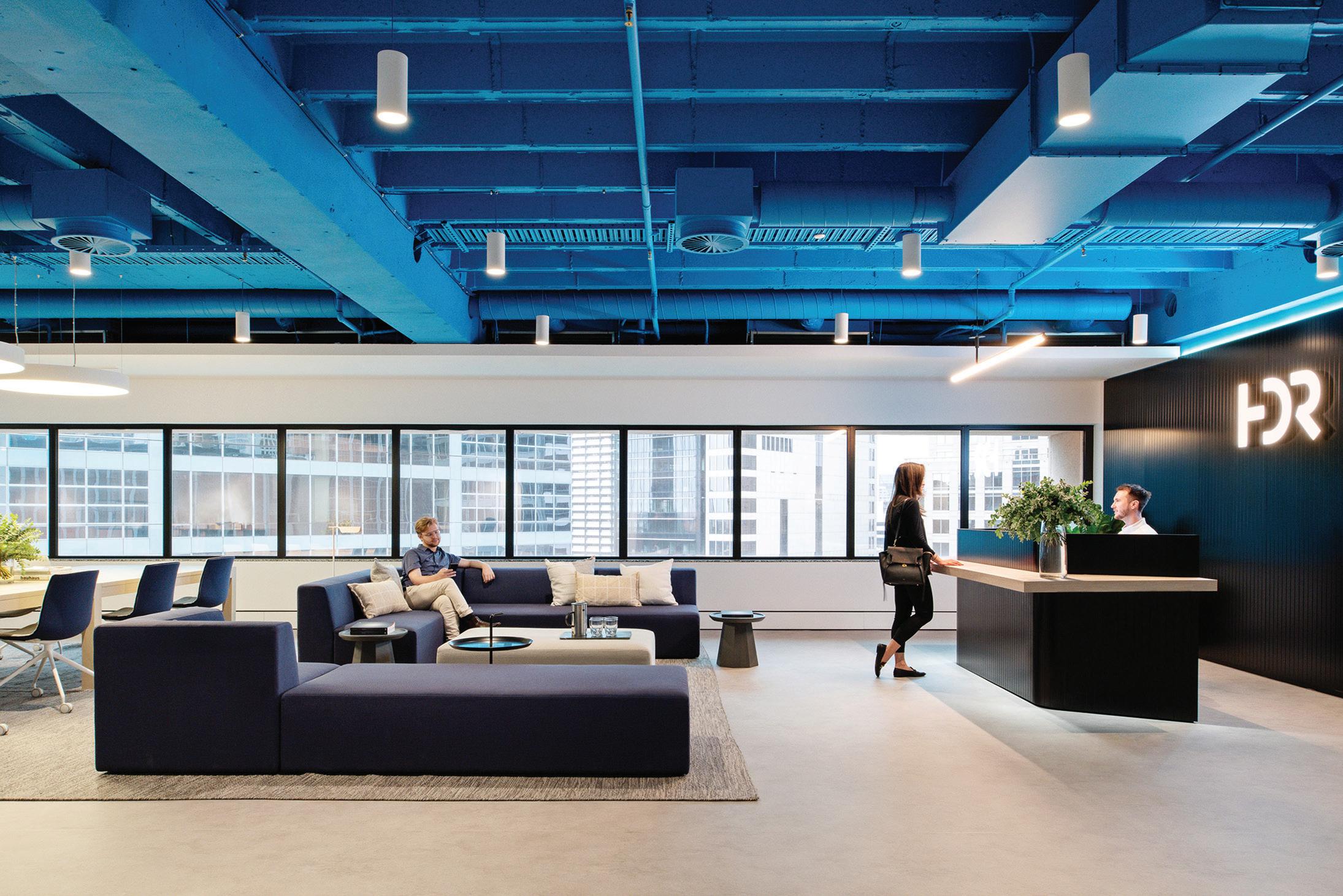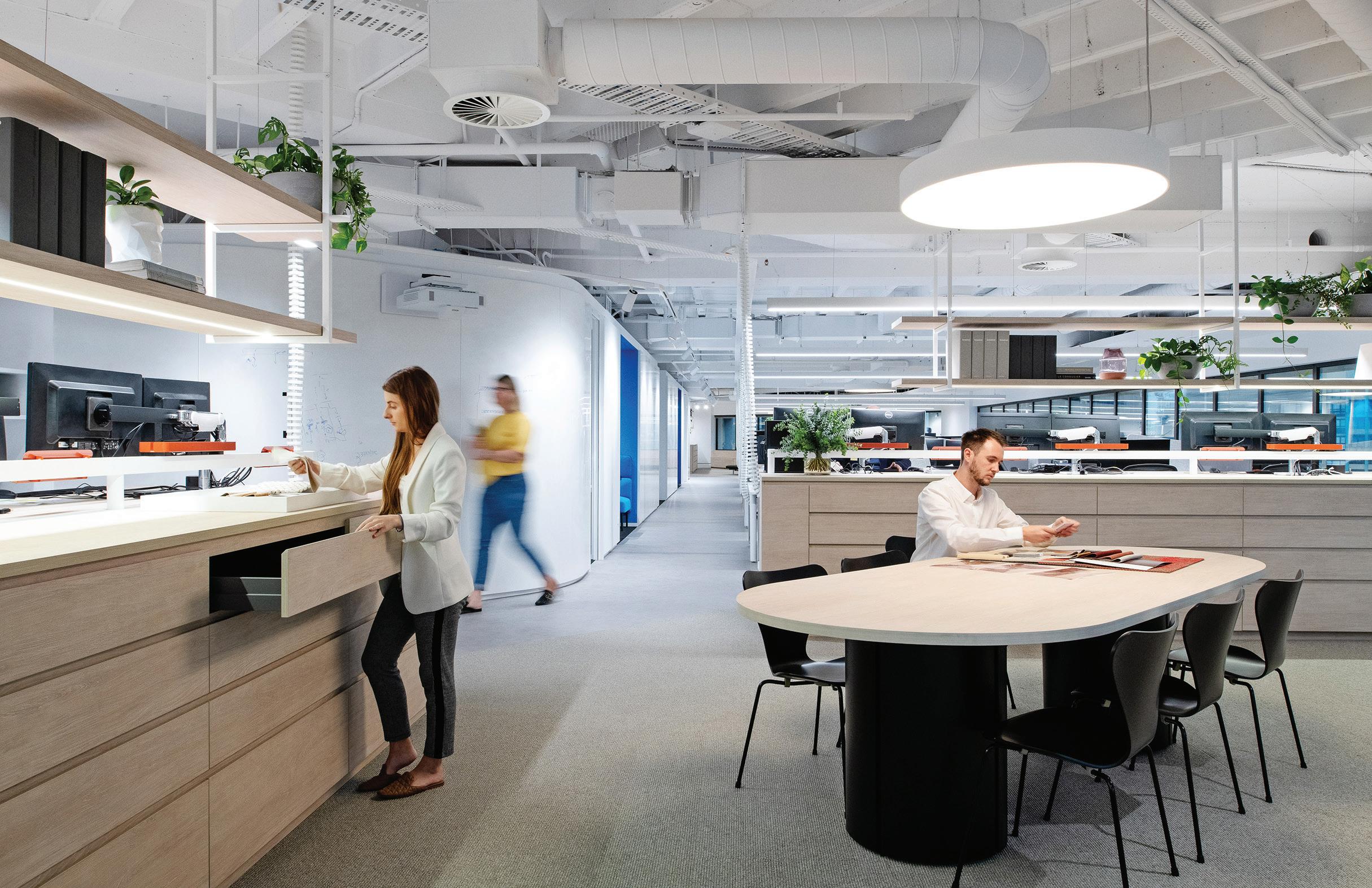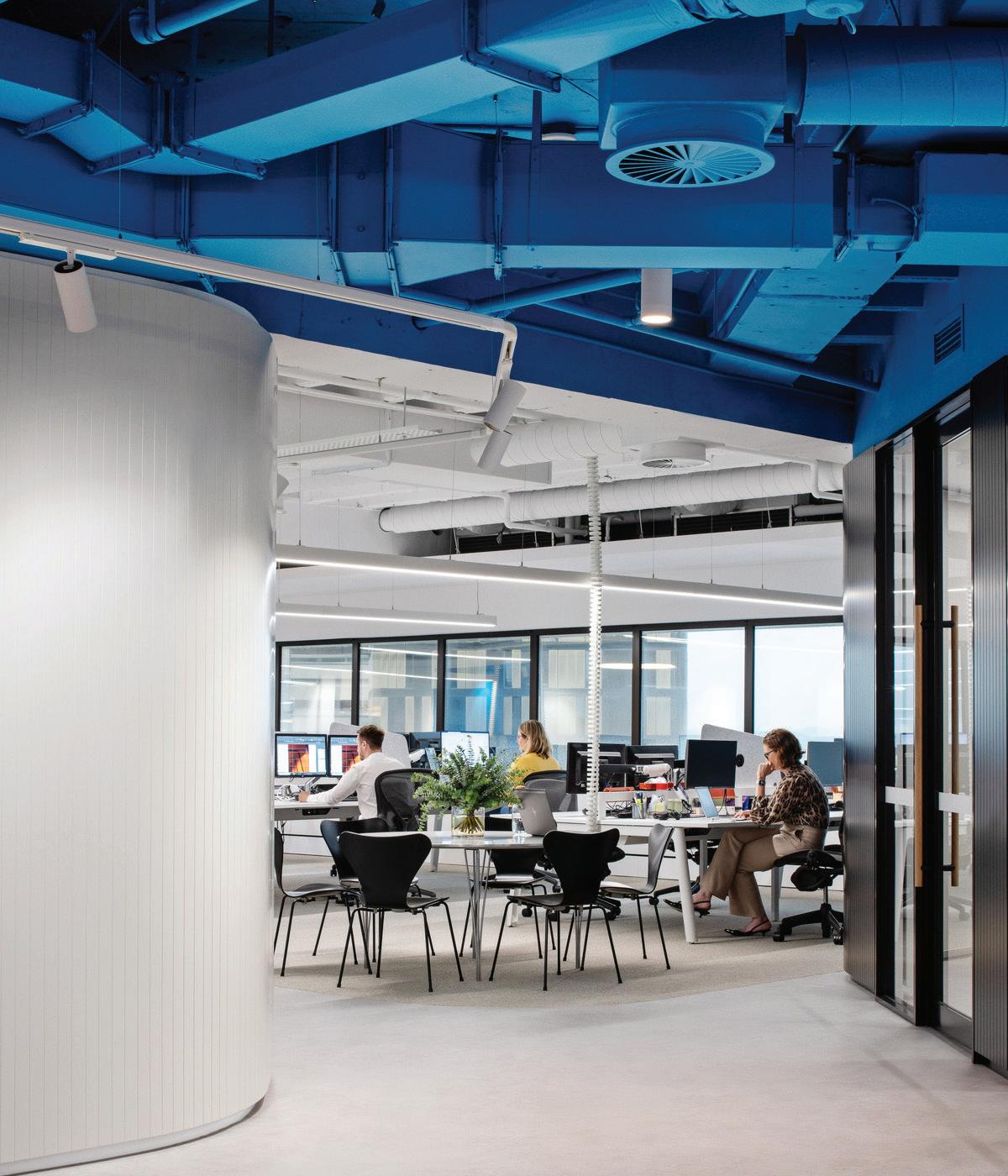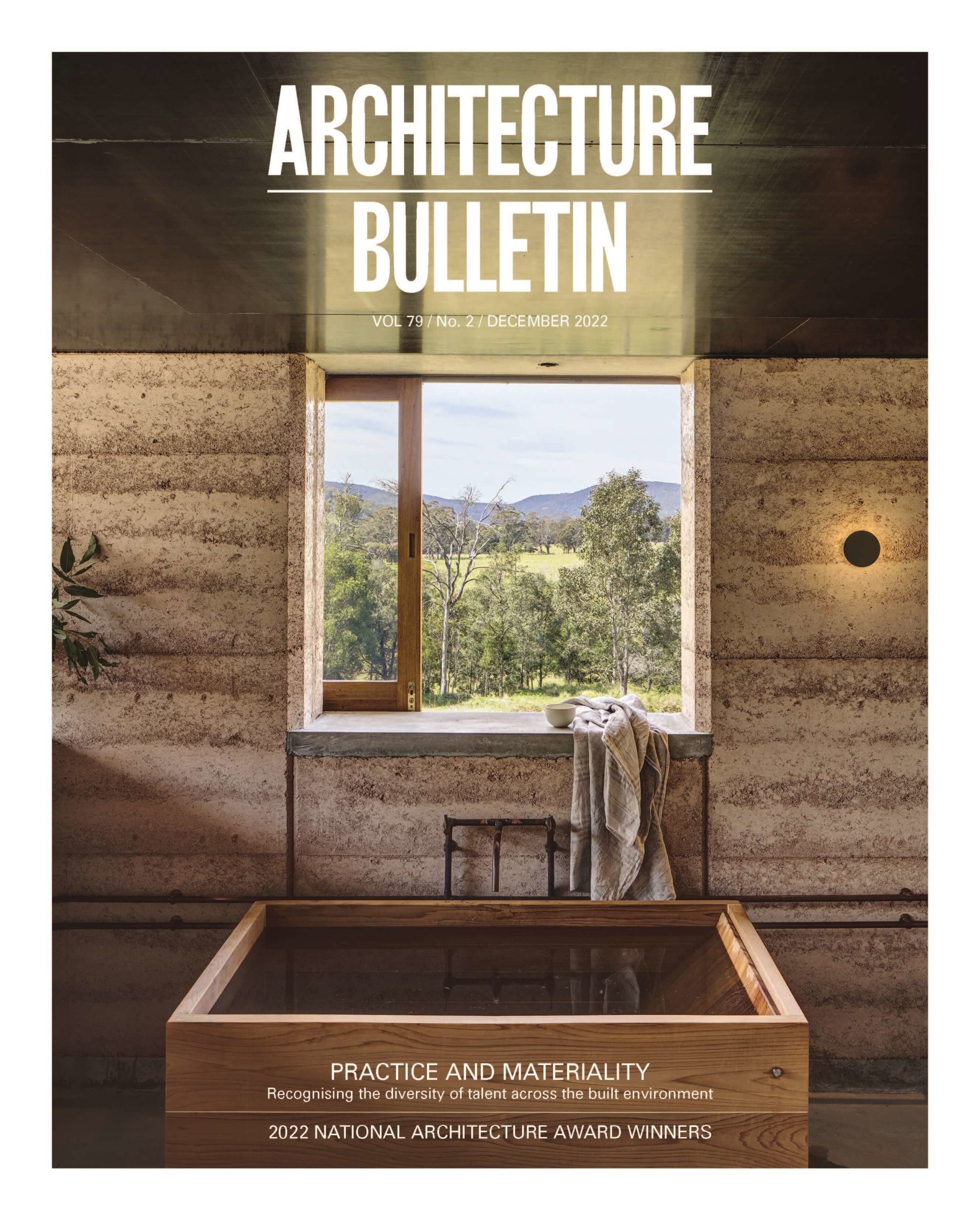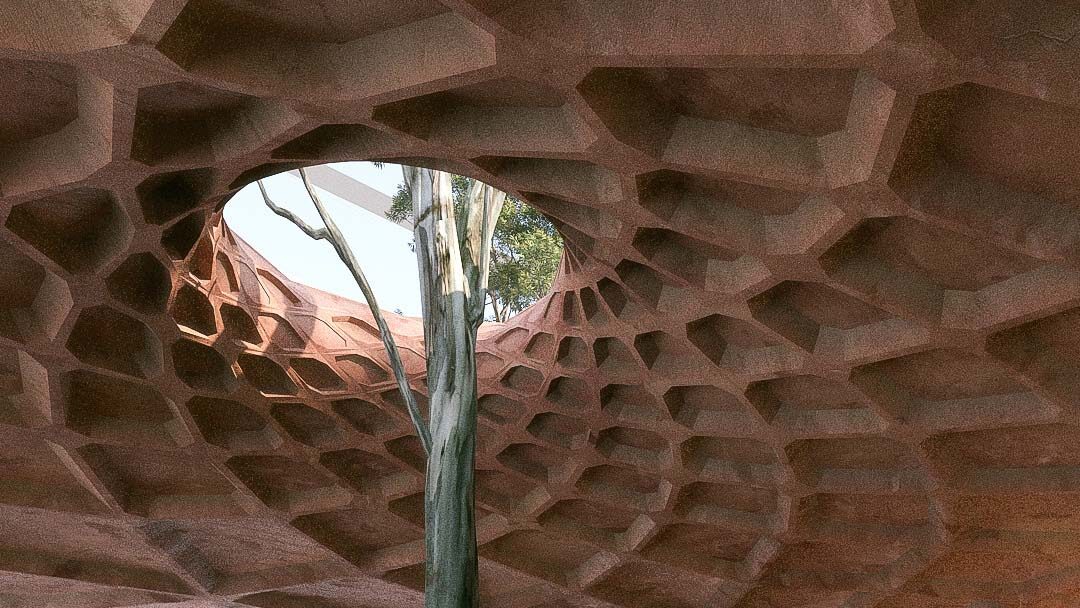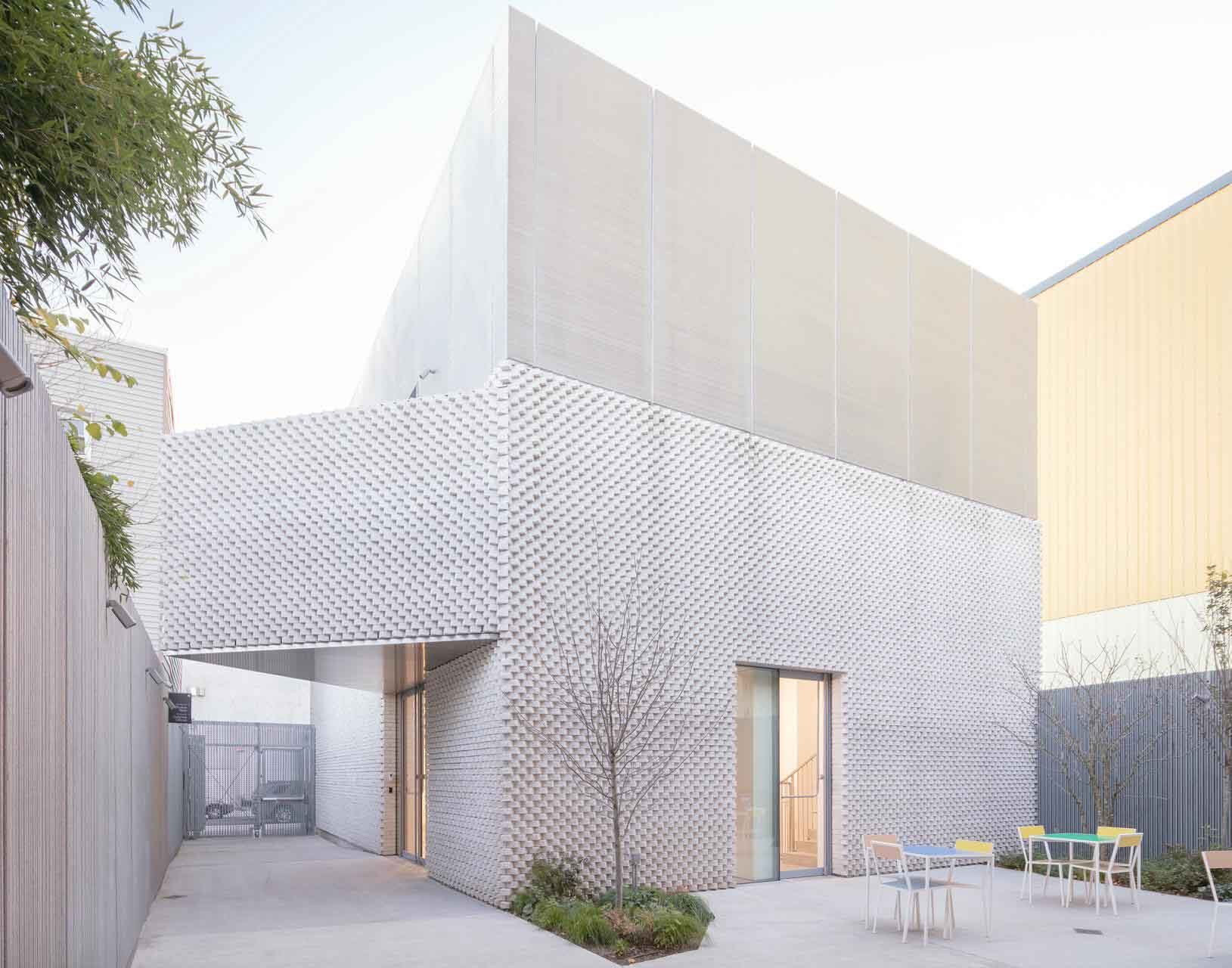The last three years have seen architectural practice grapple with internal and external issues that we’ve not faced in several generations, if ever. However, a recent roundtable discussion with a number of practices suggests the dark days of the pandemic may have been the prelude to a period of positivity for the profession.
In June, an informal roundtable discussion was held with peers from practices of various sizes, including fjmtstudio, TKD Architects, Aileen Sage and Kieran McInerney Architect, to understand how practices are finding the return to ‘normal’. The discussion focused on three areas: people and culture, projects, and governance.
The predominant focus of the discussion was people and culture. All practices were taking both formal and informal steps to consider their path forward, perhaps because culture was the biggest casualty of the pandemic, and a shortage of required skills is the largest current pressure and an impediment to project delivery.
However, the key challenge for the architectural profession remains unchanged by the events of the past few years – it lies still in rebalancing the effort of practice away from compliance and administration and towards the value architecture delivers to both clients and the wider social and economic environment.
PEOPLE AND CULTURE
Architecture has not been immune to the issues of attraction and retention of staff created by lockdowns and a pause on immigration. A shortage of skilled staff and salary pressures have been felt universally across all levels of practice.
The shortage of talent has resulted in significant salary pressures, while fee structures are stubbornly stuck. This brings home the ongoing challenge of securing fees that properly represent the cost to practice, of delivering value and outcomes to our clients.
Like the broader Australian economy, there are no easy answers to this dilemma until international migration returns to pre-pandemic levels.
While thankfully projects largely carried on unchanged through lockdowns, the great workfrom-home experiment changed how and where architects work together. Practices embraced hybrid work to greater or lesser degrees, leading now to an examination of how best to collaborate to enhance project outcomes and build culture. An entirely remote working model is not seen by any scale or type of practice as supporting good collaboration or culture, with all the practices we spoke to consciously promoting face-to-face engagement to rebuild those habits.
The erosion of culture through lockdowns has seen practices placing a significant focus on re-establishing priorities and re-creating the rituals that make up a workplace culture. These range from a formal review of company values at TKD Architects, practice-wide conferences at fjmtstudio and training days, through to the more social. For smaller practices, such as Aileen Sage and Kieran McInerney Architect, this extends to reconnecting with the cohort of like-minded practices they share space or collaborate with regularly.
One positive legacy of virtual work has been the ability for a wider team to join meetings and be exposed to conversations they would previously have missed. The more inclusive culture resulting from this has also broken down barriers for working across states and internationally for larger practices.
An aspect of culture with increasing importance is the acknowledgement of mental health. While much of the mental health focus during the pandemic centred around managing isolation and fear of the unknown, it is hoped that this will evolve into a general understanding and support for good mental health.
PROJECTS
It was generally observed that the day-to-day of running projects has continued relatively unscathed. This includes the ongoing focus on Environmental, Social and Governance measures, including environmental performance, Indigenous participation and gender equity, which these practices embrace, as a more holistic recognition of the stakeholders invested in our built environments.
However, there is frustration about the ground that architecture has given up, which seems to continually increase and erode our contribution and perceived value to projects.
Project managers, facade specialists, BCA and DDA consultants etc, continue to chip away at our traditional areas of expertise. The fear is that younger architects miss the opportunity to develop valuable skills at a time when the Design and Build Practitioners Act is pivoting the industry back towards full documentation and site roles.
One increasingly prevalent role that was viewed positively by all participants is the architect as design manager, as well as architects who take on client roles as development and facility managers. When it works well, clientside architects often act as advocates and gatekeepers for design, inevitably leading to both better working relationships and outcomes. This was the case for larger practices such as fjmt studio and at a smaller scale by Aileen Sage.
GOVERNANCE
The broader governance structures in which practices operate are also seen as having evolved positively, despite the additional administrative burden they can create. The work of the Government Architect, the State Design Review Panel (SDRP) process, and the current composition of the Land and Environment Court are all seen as promoting good design outcomes. Practices support the SDRP process but feel outcomes would be improved by a more rigorous briefing of the panel, and a shift towards a workshop approach, rather than a more traditional crit.
The downside of governance structures, and other approval and reporting requirements – including such wide-ranging tasks as development consents, Workplace Gender Equality Agency reporting, annual CPD and registration requirements, Design and Build Practitioners Act registration, increasingly onerous tendering requirements – is the significant amount of paperwork architects and practices are managing. This burden is particularly felt by small practices that may not have the support structures of larger practices.
This is as good an illustration as any of the price we pay for not communicating our value effectively. Surely an architect’s time is better spent on the skills for which we are trained. This is a focus that can only be achieved through fee structures that deliver suitable support services and allow us to add value where it matters.
Overall, the profession is positive and moving practices forward, with a particular focus on using this pivot point to rebuild culture and strategic goals. We are optimistic about many of the recent changes such as the Design and Build Practitioners Act, while still under pressure to find the skilled teams we need to deliver effectively. The key pressure on professional practice remains unchanged by the pandemic years – effectively communicating our value.
Cate Cowlishaw leads HDR’s Architecture Business Group across Australia with over two decades of experience serving in leadership roles with global, national and boutique architectural practices. Having spent much of her career as a key member of practice management teams, she has deep industry experience across all aspects of professional practice. Cate was previously studio director and head of business development at Bates Smart before joining HDR as the managing principal. Cate is currently the Chair of the NSW Chapter’s Gender Equity Transformation as well as a member of the Editorial Committee
